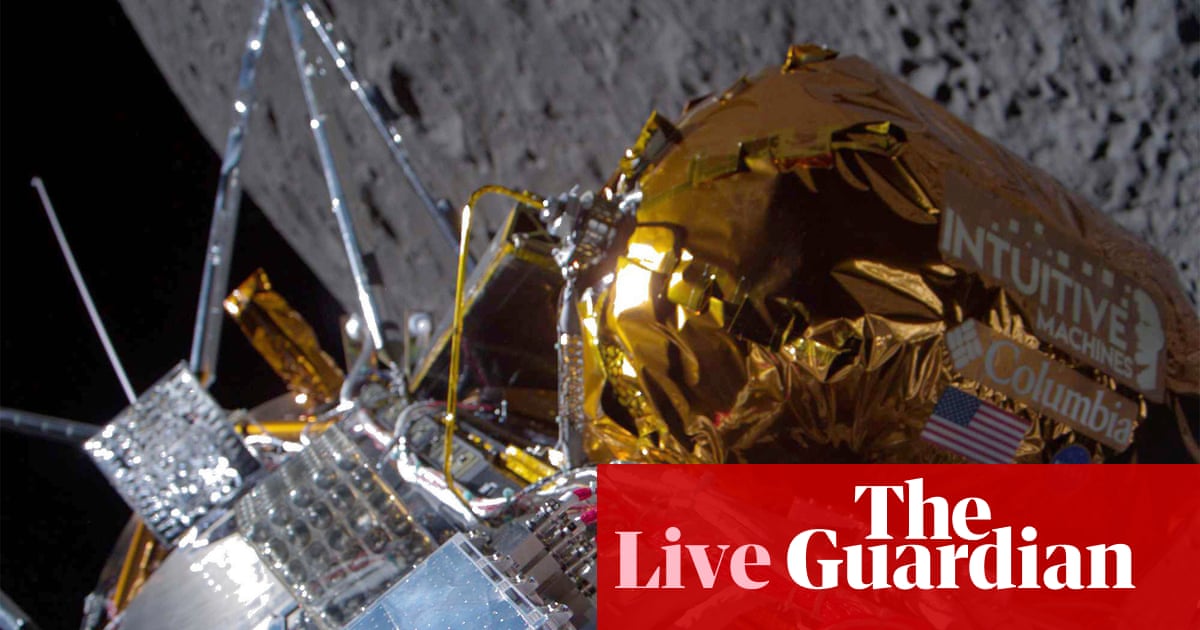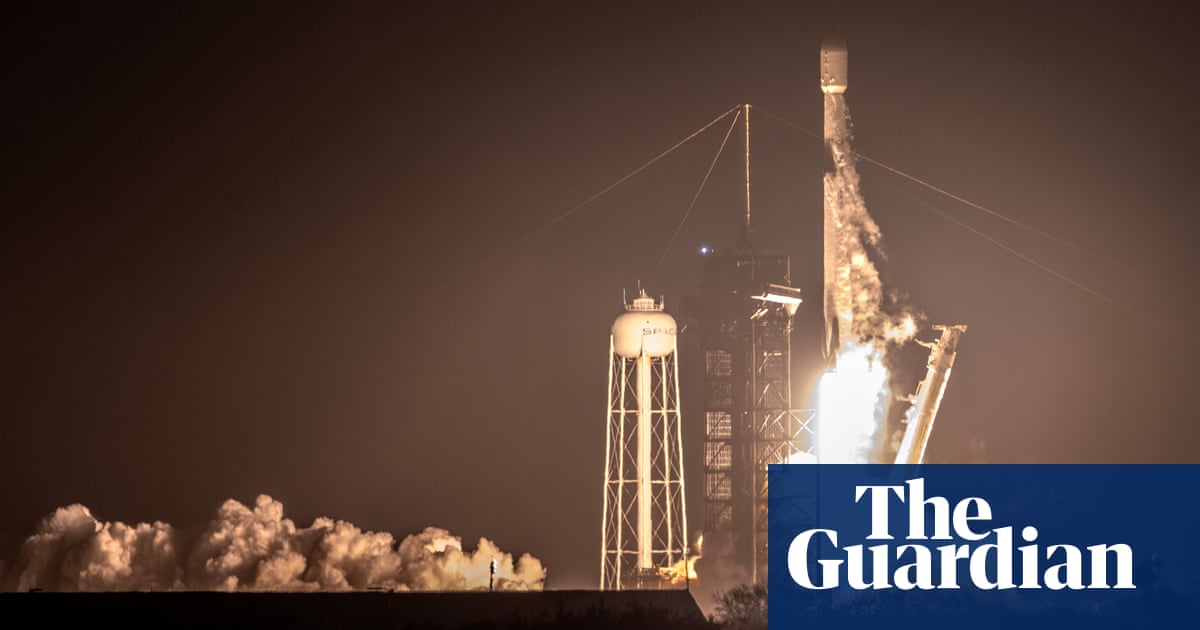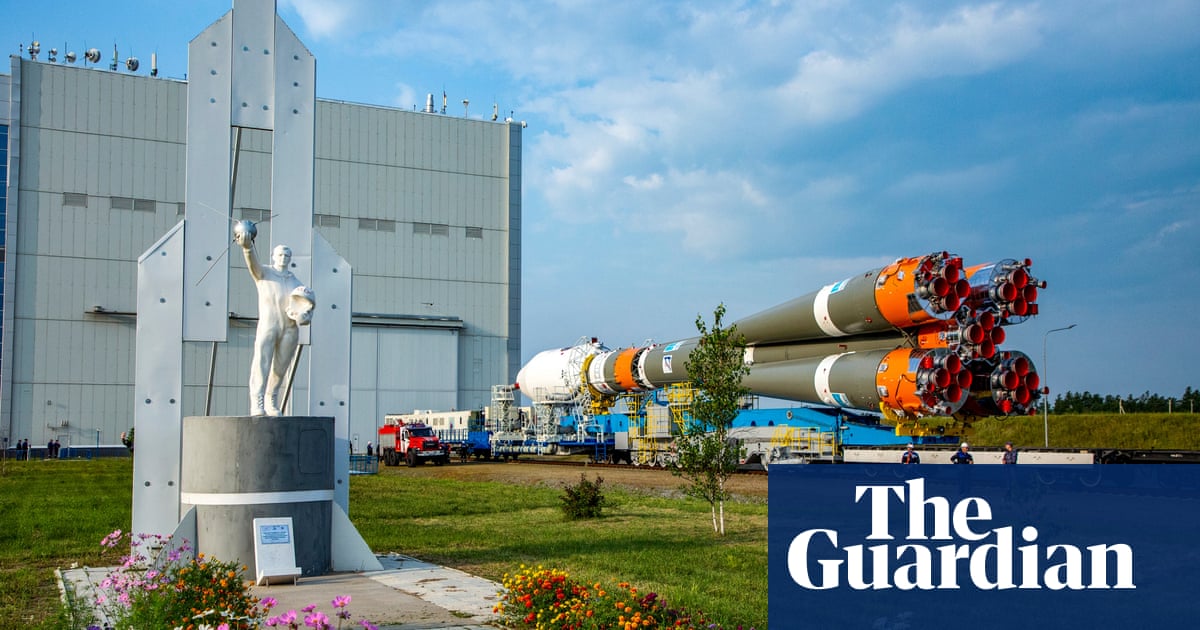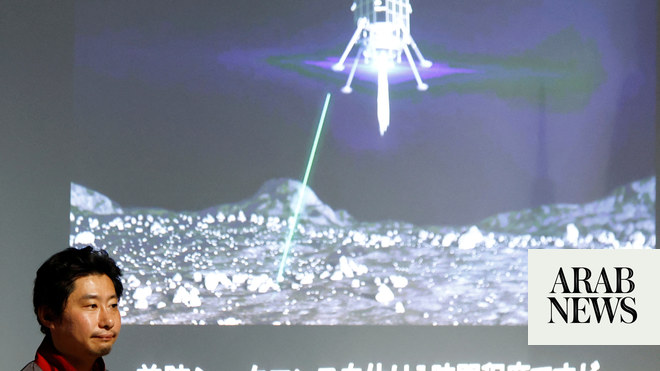
Intuitive Machines" Odysseus aims to land on the moon
Welcome to the Guardian’s live coverage of the latest attempt to successfully soft-land the very first private lander on our closest neighbor – the moon!
Last week SpaceX’s Falcon rocket blasted off in the middle of the US night from Nasa’s Kennedy Space Center, dispatching Intuitive Machines’ lunar lander on its 230,000 miles (370,000km) journey.
Today the Odysseus lander is attempting to make the perilous descent. Houston-based Intuitive Machines’ aims to put its 14ft-tall, six-legged lander down just 186 miles (300km) shy of the moon’s south pole
Only five countries – the US, Russia, China, India and Japan – have scored a lunar landing and no private business has yet done so. The US has not returned to the moon’s surface since the Apollo program ended more than five decades ago.
Stay tuned for what could be a nerve-racking ride …
For years space exploration have been a state enterprise, but a new program from Nasa has opened the doors to private enterprise. Today’s landing attempt is one of a fleet of private spacecraft bound for the moon in the next few years. Under Nasa’s commercial lunar payload services (CLPS) initiative, the agency is funding firms to build spacecraft and deliver cargo – along with payloads from other paying organisations – to various sites on the lunar surface.
The arrangement is a way to ferry equipment to the moon before astronauts return there later this decade. But this new era of moon missions has some scientists rattled. Future landers aim to drill for ice and other materials, potentially iron and rare earths, which are of interest to mining firms, but might do damage to sites of scientific interest, or interfere with scientific experiements on the moon that rely on its isolation and contamination free environment.
The problem is that no one is coordinating plans. And as more landers touch down, and more companies invest, it will become harder to thrash out a fair and trusted process whereby all countries and all sectors can pursue their aims without messing things up for others.
The uncrewed Nova-C lander built by Intuitive Machines launched on 15 February. Its scheduled touchdown near the moon’s south pole would be the first lunar landing of a US spacecraft since Nasa’s final Apollo mission in December 1972, and the first by a non-government entity.
“There have been a lot of sleepless nights getting ready for this,” Steve Altemus, the co-founder and chief executive of Intuitive Machines, said in an interview before the mission. Altemus was formerly Nasa’s director of engineering and deputy director of the Johnson Space Center before founding his company of about 90 employees in 2013.
The lander is a 14ft (4.3 meter) hexagon-shaped craft with six legs, and is aimed towards a landing at crater Malapert A close to the lunar south pole. Odysseus is carrying a payload of six Nasa science instruments and technology demonstrations as part of the agency’s commercial lunar payload services initiative
Intuitive Machines have been – in public – happy with the lander’s progress so far towards the moon.
It has successfully been sending images back to the Earth.
The Odysseus is expected to land at 6.24pm ET/11.24pm GMT.
Intuitive Machines had initially said it would land at 5.49pm ET, then 5.30pm, and this morning said it could land even earlier at 4.24pm. But ultimately flight controllers decided to circle the Odysseus around the moon one more time before landing, delaying the event by two hours.
Intuitive Machines" Odysseus aims to land on the moon
Welcome to the Guardian’s live coverage of the latest attempt to successfully soft-land the very first private lander on our closest neighbor – the moon!
Last week SpaceX’s Falcon rocket blasted off in the middle of the US night from Nasa’s Kennedy Space Center, dispatching Intuitive Machines’ lunar lander on its 230,000 miles (370,000km) journey.
Today the Odysseus lander is attempting to make the perilous descent. Houston-based Intuitive Machines’ aims to put its 14ft-tall, six-legged lander down just 186 miles (300km) shy of the moon’s south pole
Only five countries – the US, Russia, China, India and Japan – have scored a lunar landing and no private business has yet done so. The US has not returned to the moon’s surface since the Apollo program ended more than five decades ago.
Stay tuned for what could be a nerve-racking ride …












